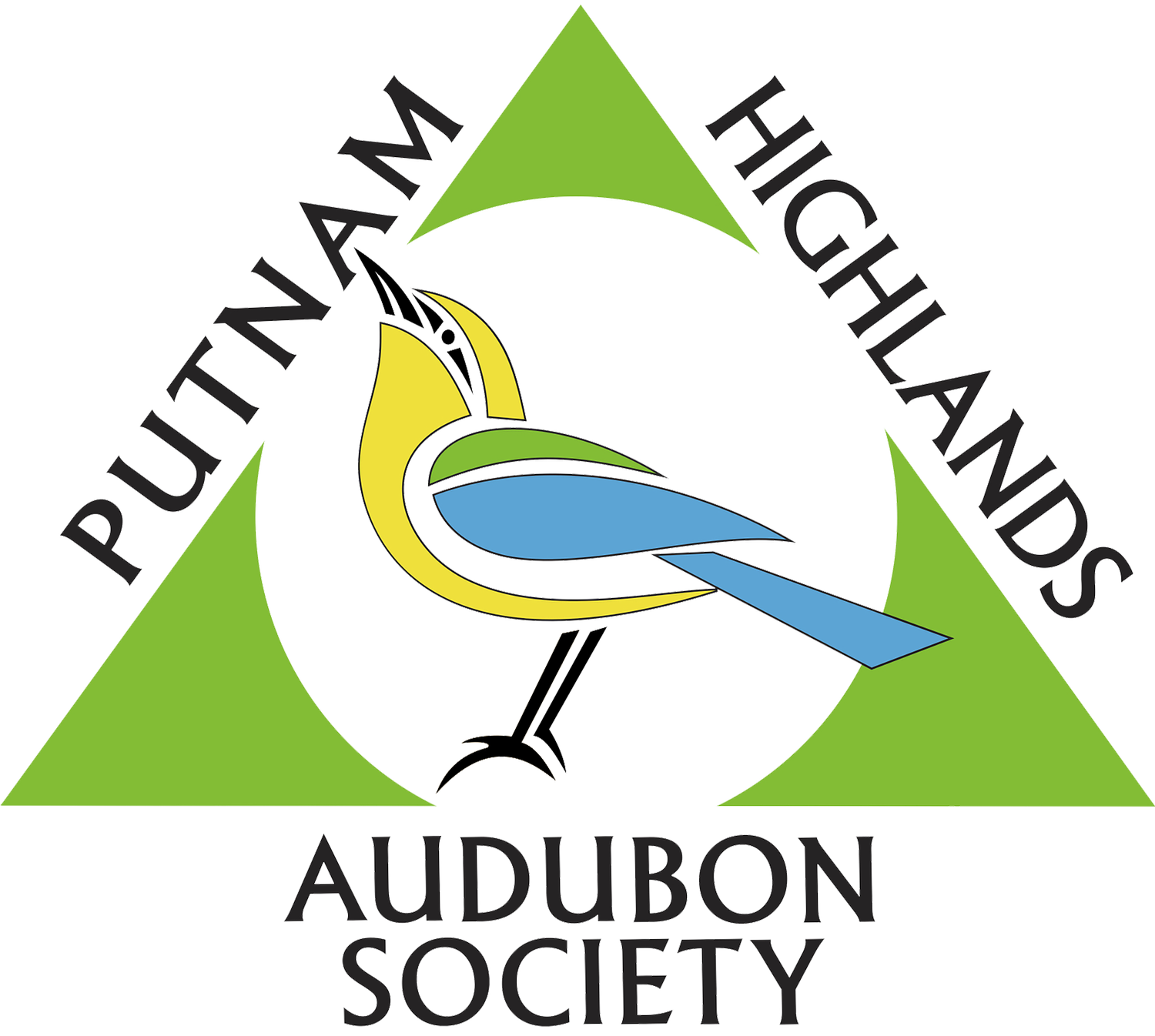
Rufous Hummingbird. Image by Anthony Macchiarola.
Birding Resources
To study birds—their plumages, calls, habitats, migratory pathways—is to embark on a lifetime of learning opportunities, and whether you are new to birding or a long-time birder, there is always more to learn and see. Birds are beautiful, striking, and marvelously entertaining, with differences ranging from subtle to startling. Walk down the street or travel to the farthest ends of the Earth and you will likely come across a bird. Maybe that bird is non-migratory, calling the same place home year-round; or maybe it is migratory, crossing the globe annually from breeding to wintering grounds. Ultimately, to study birds is to focus our attention beyond ourselves—to make better sense of the world around us, more actively interpret it, and better understand our place within it.
Smartphone Apps
Merlin - Published by the Cornell Lab of Ornithology, Merlin has several extremely useful tools to help identify birds: Sound identification uses your phone’s microphone to identify vocalizations of nearby birds. Step-by-step identification uses question and answer prompts to identify birds. Photo identification allows users to upload photos from their phones to make side-by-side comparisons. Additionally, a browsing tab allows users to explore likely birds and filter according to geography and time of year.
eBird - The Cornell Lab of Ornithology’s companion app to Merlin, eBird gives birders the power to compile, share, and post lists of birds they spot—think social media meets citizen science. Additionally, the desktop version of eBird includes interactive maps that display user-generated bird lists, which are particularly useful for finding new places to bird and learning about recent bird sightings made by others. The eBird dashboard for Putnam Highlands Audubon Society can be accessed here.
Audubon Bird Guide - A companion app to the trusted Audubon Society field guide series, the Audubon Bird Guide features many of the same tools as Merlin and is a useful companion app for extra tricky birds that require additional research to identify.
Online Guides
Guide to North American Birds - Hosted by the National Audubon Society, scroll through a vast collection of virtual cards and get lost in the splendor of North American bird species.
All About Birds - Hosted by the Cornell Lab of Ornithology, All About Birds covers a dizzyingly wide array of bird-related topics, from basic identification to bird quizzes to live video feeds of birds—and much more.
Birdcast - Birdcast uses radar data to visualize nightly bird migration patterns across the United States. Use the map to see the number of birds and likely species that were estimated to have flown overhead the night before. Birdcast is updated daily during annual migration seasons, from March through November.
Bird Migration Explorer - Follow the epic migratory journeys that over 450 bird species take annually between North America and South America. Along the way, learn how different geographies are connected by common habitats and the conservation challenges that face birds during migration.
Field Guides
National Audubon Society. Birds of North America. New York: Knopf, 2021.
Peterson, Roger Tory. Peterson Field Guide To Birds Of Eastern & Central North America, Seventh Ed. Boston: Mariner Books, 2020.
Sibley, David Allen. The Sibley Guide to Birds, Second Ed. New York: Knopf, 2014.
Kaufman, Ken. Kaufman Field Guide to Bids of North America. Boston: Houghton Mifflin, Co., 2005.
Continuing Education
Cornell Lab of Ornithology Bird Academy - The Cornell Lab of Ornithology presents online self-paced courses that are relevant for both beginning and more experienced birders.
American Birding Association - The ABA provides leadership to recreational birders by increasing their knowledge, skills, and enjoyment of birding. The ABA’s code of birding ethics provides useful information. Additionally, the ABA contributes to bird habitat conservation through varied programs.
Binoculars
National Audubon Society, “How to Choose Your Binoculars.”
Cornell Lab of Ornithology, “How to Choose Binoculars: Our Testing Tips.”

Join us for a walk and see birds from a whole new perspective.
Purple Sandpiper. Image by Anthony Macchiarola.





